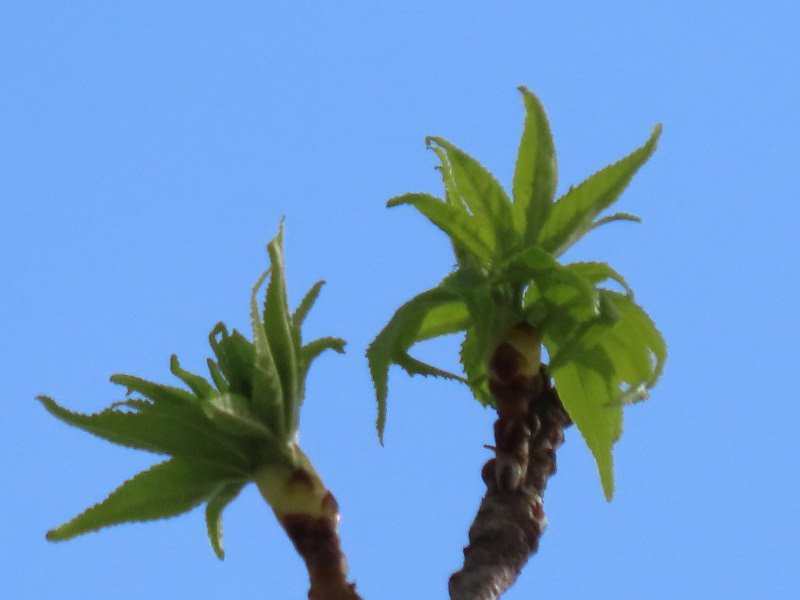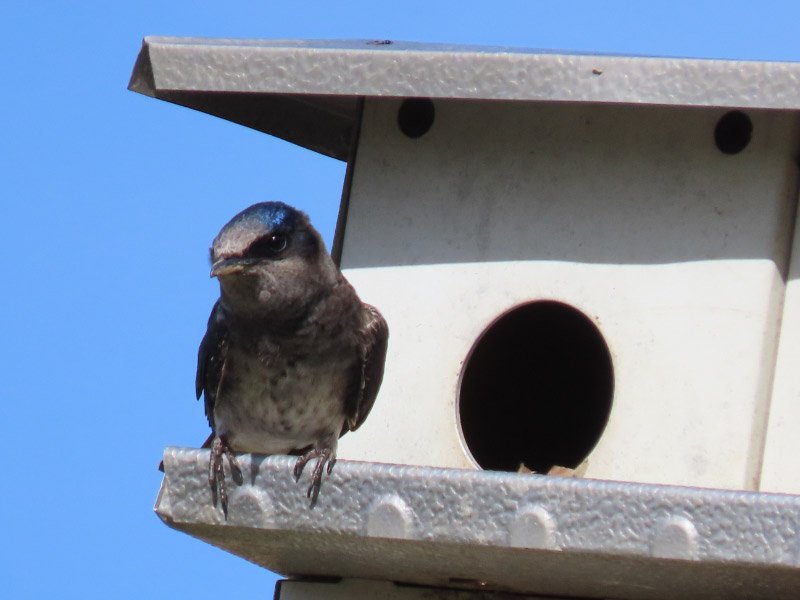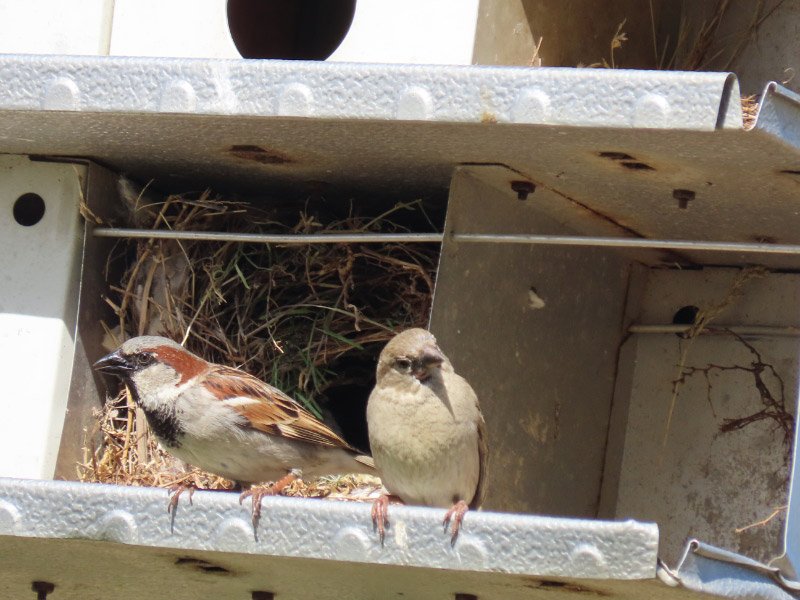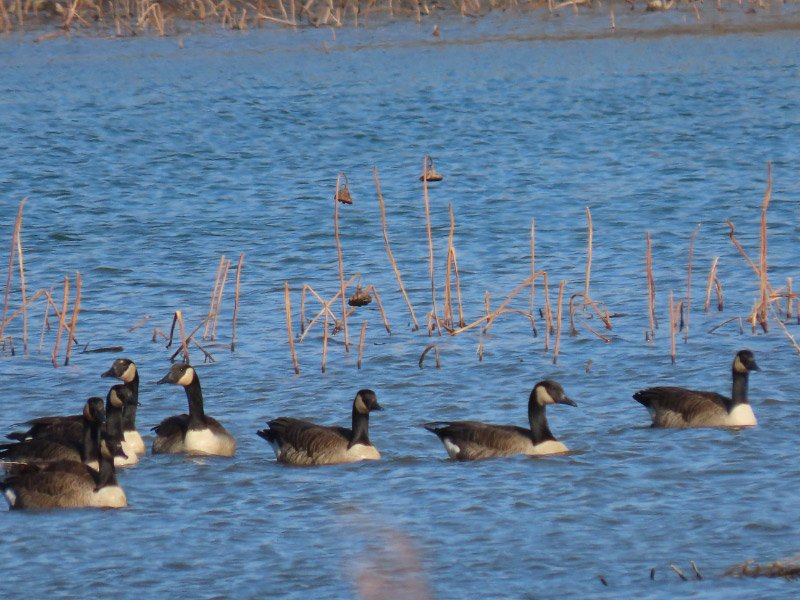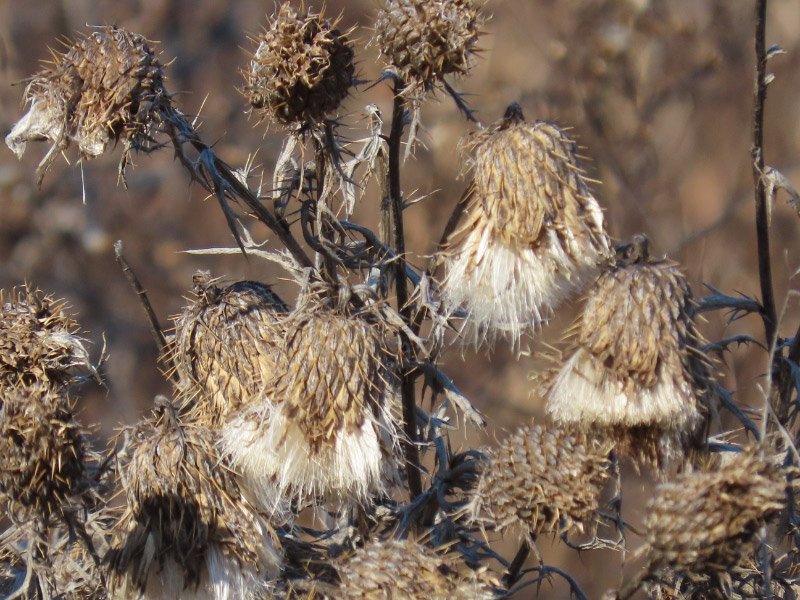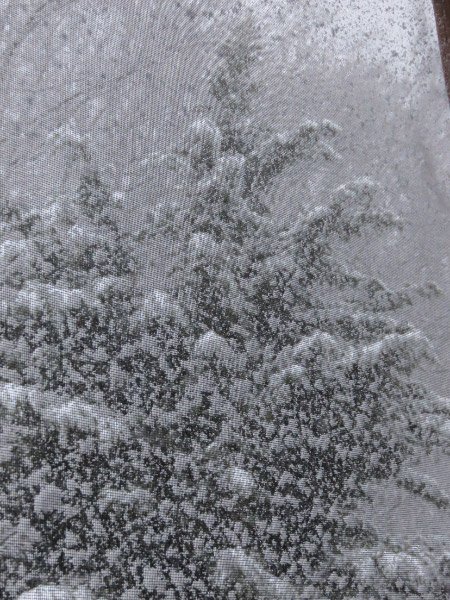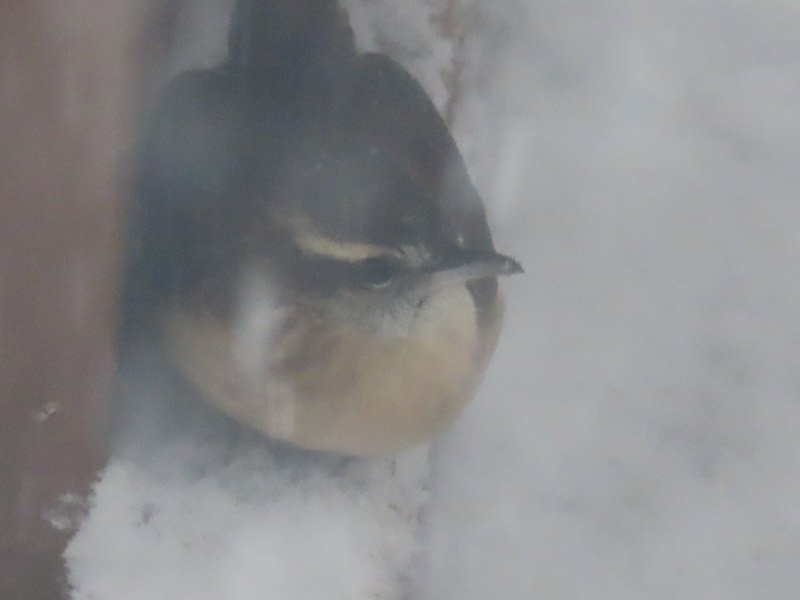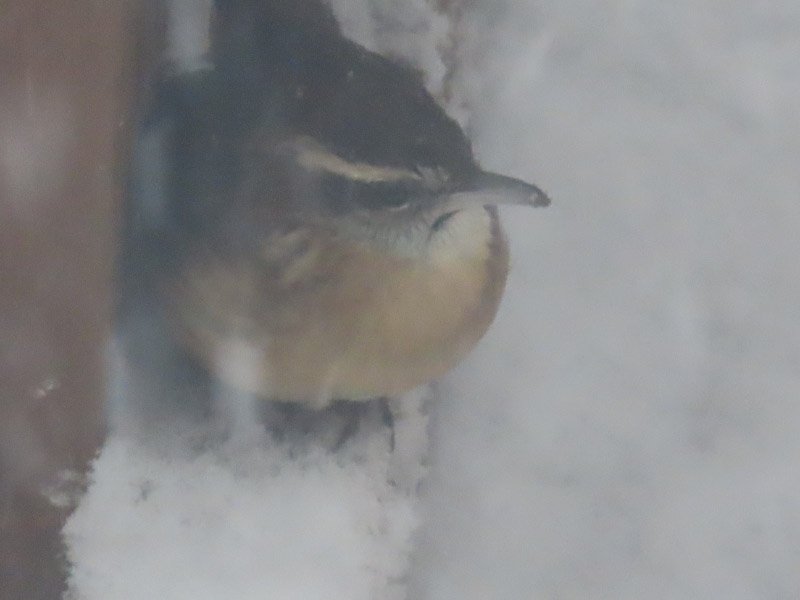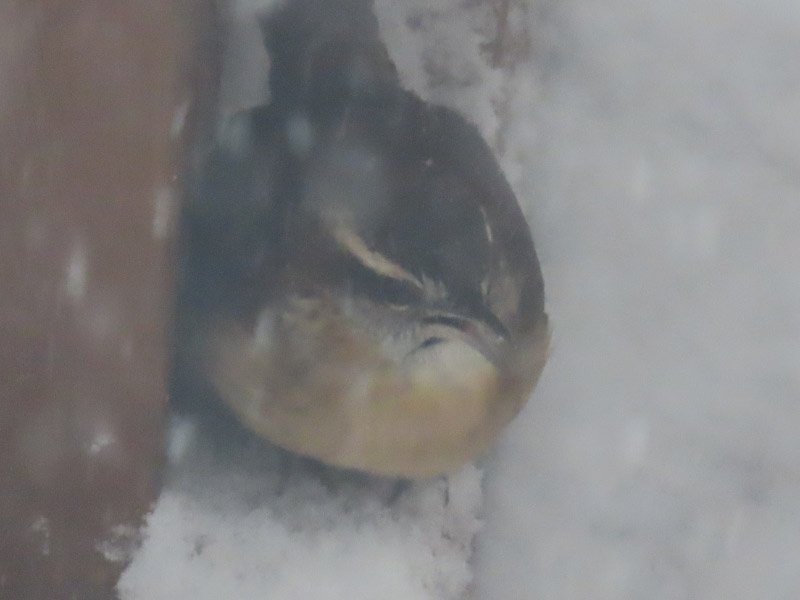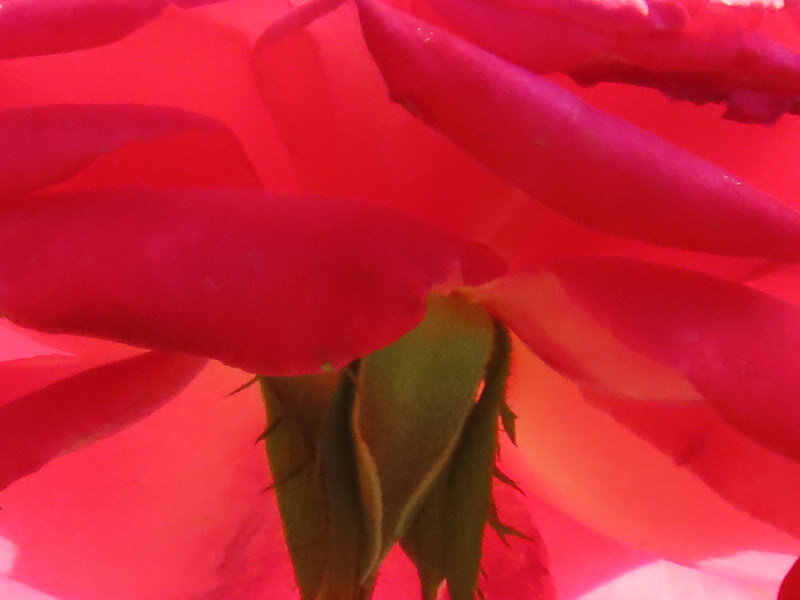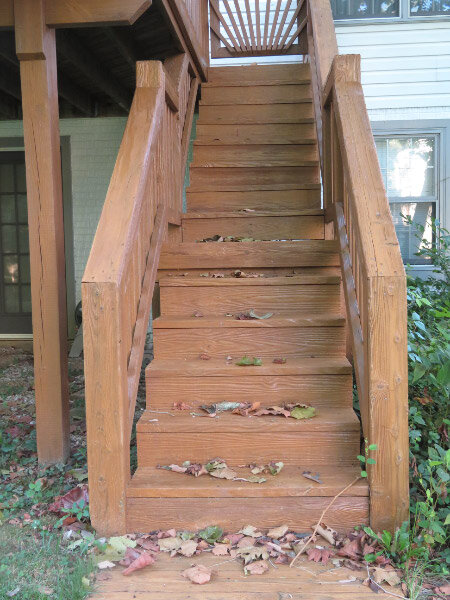Learning about Missouri Geology – March 2025
/We took two road trips over the past month --- opportunities to observe Missouri geology along the roadsides! My copy of Roadside Geology to Missouri has been a good reference.
The first was from our home near Springfield MO to St. Louis. Interstate 44 dominates the route and there are plenty of roadcuts first on the Springfield Plateau then the slightly lower Salem Plateau…finally down the northeastern flank of the Ozark Dome close to St. Louis. Our day trip was on a sunny day, so it was easy to take pictures.
One of the most interesting road cuts is at the north side of the rest stop near mile marker 235. The Roadside Geology book says – “Tilted blocks of Pennsylvanian sandstone and shale….are part of a down-dropped block of rocks along a fault zone or a filled-sink structure, or perhaps both.” I took pictures from the south side of the road as we were going toward St. Louis
And then one as we passed by on the return.
We noticed caves and state parks along the way and are planning a ‘field trip’ in April to see some of those.
The second was from our home near Springfield MO to Loess Bluffs National Wildlife Refuge near Mound City MO. The route took us from the Springfield Plateau to the Salem Plateau…then the Osage Plains as we turned toward Kansas City and crossed the Missouri River…finally to the Glaciated Plains of Northern Missouri. The day was sunny, making photographs of road cuts as my husband drove possible. I even got two pictures of the roadcut near out home as we set out!
The road cuts were less pronounced as we got further along…and more crumbly. On a botanical note – the sycamores are easy to spot this time of year.
I was so busy photographing overpasses and the bridge at Kansas City that I didn’t realize the bridge was over the Missouri River!
The Loess Bluffs (in this case roadcuts) look very different than the roadcuts further south. The loess here is from the edges of glaciers of the last ice age. Plants sometime can take root…but often sluff off and the loess is revealed again.
And then we reversed toward home.
Previous Missouri Geology posts








































































